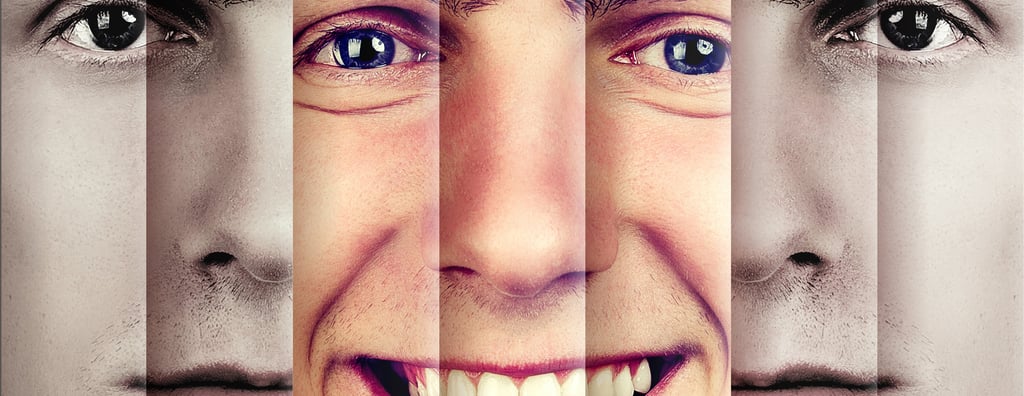Unlocking the Brain’s Role in Body Language and Microexpressions: Enhancing Communication Beyond Words
Discover the hidden power of body language and microexpressions in communication. Learn how key regions of the brain interpret non-verbal cues and why mastering these signals is essential for building trust, detecting deception, and enhancing personal and professional relationships. Explore practical insights from neuroscience to improve your communication skills beyond words.
EDUCATION, SUPERPOWER, BODY LANGUAGE
George Frie
9/2/20242 min read


In human interaction, words are only a small part of the communication puzzle. Non-verbal cues—like body language, facial expressions, and microexpressions—are critical in conveying messages and emotions that words cannot. Despite their importance, these cues are often overlooked, leading to miscommunication and missed opportunities in both personal and professional relationships.
The Brain’s Role in Non-Verbal Communication
Decades of research have shown that our brains are hardwired to communicate non-verbally, with key regions responsible for processing and generating these cues. The amygdala, fusiform gyrus, mirror neuron system, and prefrontal cortex all play essential roles in how we interpret and respond to body language, making non-verbal communication not just a supplement to verbal language but a vital element of human interaction.
The Amygdala processes emotions and reacts almost instantaneously to facial expressions of fear or aggression, preparing the body for action.
The Fusiform Gyrus is responsible for facial recognition, helping us detect subtle changes in expressions that convey emotional states.
The Mirror Neuron System allows us to empathize with others by mirroring their emotional expressions, enabling us to "feel" their emotions.
The Prefrontal Cortex helps regulate emotional responses, controlling when to express or hide emotions in social settings.
Why Non-Verbal Cues Matter
Non-verbal communication plays a pivotal role in how we perceive others, detect deception, and build trust. Here are some of the most critical applications:
Enhancing Communication: Over 90% of our communication is non-verbal. Understanding body language and microexpressions allows us to grasp the true meaning behind someone’s words.
Detecting Deception: Microexpressions—brief, involuntary facial expressions—can reveal hidden emotions. In high-stakes environments like law enforcement or negotiations, these fleeting signals can make all the difference in detecting dishonesty or discomfort.
De-escalating Conflict: Recognizing subtle signs of tension, such as clenched fists or a stiff posture, can help prevent conflict from escalating.
Building Empathy: Mirror neurons help us connect emotionally with others, even without spoken words, fostering stronger relationships.
Improving Leadership: Great leaders don’t just speak well; they read non-verbal cues and adjust their communication based on how their team responds.
The Consequences of Ignoring Non-Verbal Cues
When we fail to recognize or misinterpret body language, it leads to misunderstandings and lost opportunities for connection. Whether in a personal relationship or a professional setting, relying solely on words leaves out the majority of what is actually being communicated. As a result, frustration, disengagement, or even conflict can arise when non-verbal signals are overlooked.
Mastering Non-Verbal Communication
Mastering non-verbal communication is not just a skill—it’s a necessity for effective interaction. Whether you’re a leader, healthcare provider, or simply looking to improve personal relationships, learning to interpret body language, facial expressions, and microexpressions can transform how you connect with others. Understanding these subtle signals gives you the ability to respond more empathetically, build trust, and enhance the clarity of your communication.
"What you do speaks so loud that I cannot hear what you say." –Ralph Waldo Emerson
Kraftwerks Studio, LLC
407 Lincoln Road, 6H
Miami Beach, FL 33149
CONTACT US
+1 305 897 0101
info@kraftwerksstudio.com
SOCIALS
(c) 2025 Kraftwerks Studio is a wholly owned division of the Saint-John Global Holding Group, LLC


